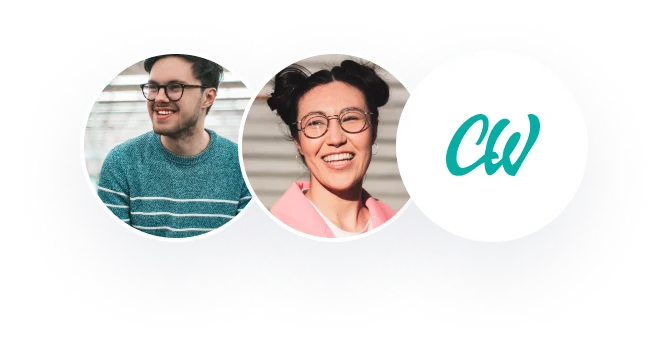You are the executive director of a small publicly funded behavioralhealth agency that serves indigent clients. After 10 years of beingable to serve all clients seeking help, your agency has just receiveda 20% budget cut and must prioritize which services todiscontinue and which clients to turn away. The community has manysuggestions: stop serving undocumented immigrants and their children;stop serving substance abuse clients, limit all clients to sixsessions, discontinue providing expensive services like psychiatry,lay off professional counselors and hire non-licensedparaprofessionals, stop providing counseling and instead simply offerpeer self-help groups and parenting classes, serve only the mostseriously ill (or the least seriously ill), and serve only children.How would you approach the difficult task of cutting services by 20%in a manner that reflects your ethical obligations as a communitycounselor? Would your plan differ if you were in a privatesector? If yes, how? What criteria would you consider? Whattheoretical or standard of care practice will you follow to makea final decision about what to cut from your program? Reference theACA and/or NAADAC Code of Ethics to support your answer. Just need 135 words!
Ngo in Mauritius
LIST OF APPROVED NGOs |S/N |Name |Address |Tel/Fax No |Date of Registration |Registration Number |Contact Person |Field of Activities | | |Action Familiale |Royal Road |Tel: 464 3512 |1964 |Ordinance 1964 |President: Mr J. Sauvages |Promote natural family planning among| | | |Rose-Hill |Fax: 465 1006 | | |Secretary: Mrs Lawrence |couples | | | […]
